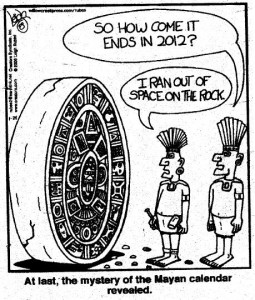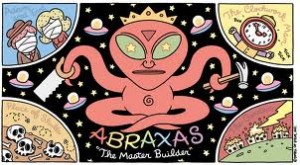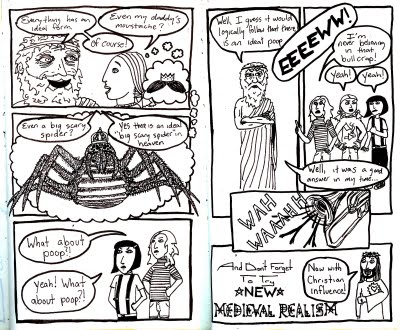The Food Industry and Me
This “cave” has run so many of our lives and we never considered if it was a good idea when we first sat down. You see in this story, we weren’t always in a cave. There was a time when we lived outside, but the cave makes things easier. Unlike the outside world we trust this cave to protect us. We think it’s better than anyone else’s cave, and now…
it is just too hard to leave the cave
From my title it is already obvious that this cave is our American food industry, but why would I have a beef with them? About a year ago I was diagnosed with a digestive disorder. The disease partly stems from genetics and partly from diet (but it really only shows up in the US). Very quickly I was introduced to an entirely new way of eating. My doctor ordered me off overly processed foods, cryptic labels, GMOs, anything artificial, and meat treated with steroids, antibiotics, hormones, and ammonia. I didn’t know why I had to do all the things, but in time I took the time to learn what I had been eating all my life. It wasn’t pretty. A good way to equate it is to Sinclair’s The Jungle about the horrors of the early 1900s meat packing industry.
I could talk to you for hours, but I have chosen to talk about the beef industry from a documentary Food Inc. that you can watch on your own to get a basic background on the industry. Corn is highly subsidized, and more corn is made than needed in the US. As a result, a lot of it ends up as a cheap animal feed, creating unhealthily fat cows and chickens. A cow is supposed to eat grass, but its corn diet creates a strong environment for E. coli O157:H7. This is a new strain of bacteria that is highly resistant and quite deadly. However, most cows live on mass feeding lots where they trudge through foot high manure spreading the disease to one another. Cows are taken to slaughter even if they are sick, so meat is given an ammonia filler to help kill some of it off. Despite this measure, plants still ship off tainted meat each year. The USDA had made a regulation to monitor these production plants and shut them down, but the plants sued them for it rendering the USDA helpless on the matter. Thus your everyday hamburger is a nice ground up compilation of an ammonia and maybe 1000 other cows of which at least one was probably sick. E. coli O157:H7 runoff from these plants has begun to show up in vegetables fields, and the problem is growing.
Do you really know what is in your food?
If you knew where your farmer’s market was would you go?
Will you take a couple hours to watch a documentary?
Would you ask me questions after it? Or before?










